Curious Questions: Who invented the gin and tonic?
Gin and tonic is arguably the greatest cocktail ever created — but who first mixed these two seemingly unlikely ingredients together? A new book seeks to tackle this curious question.
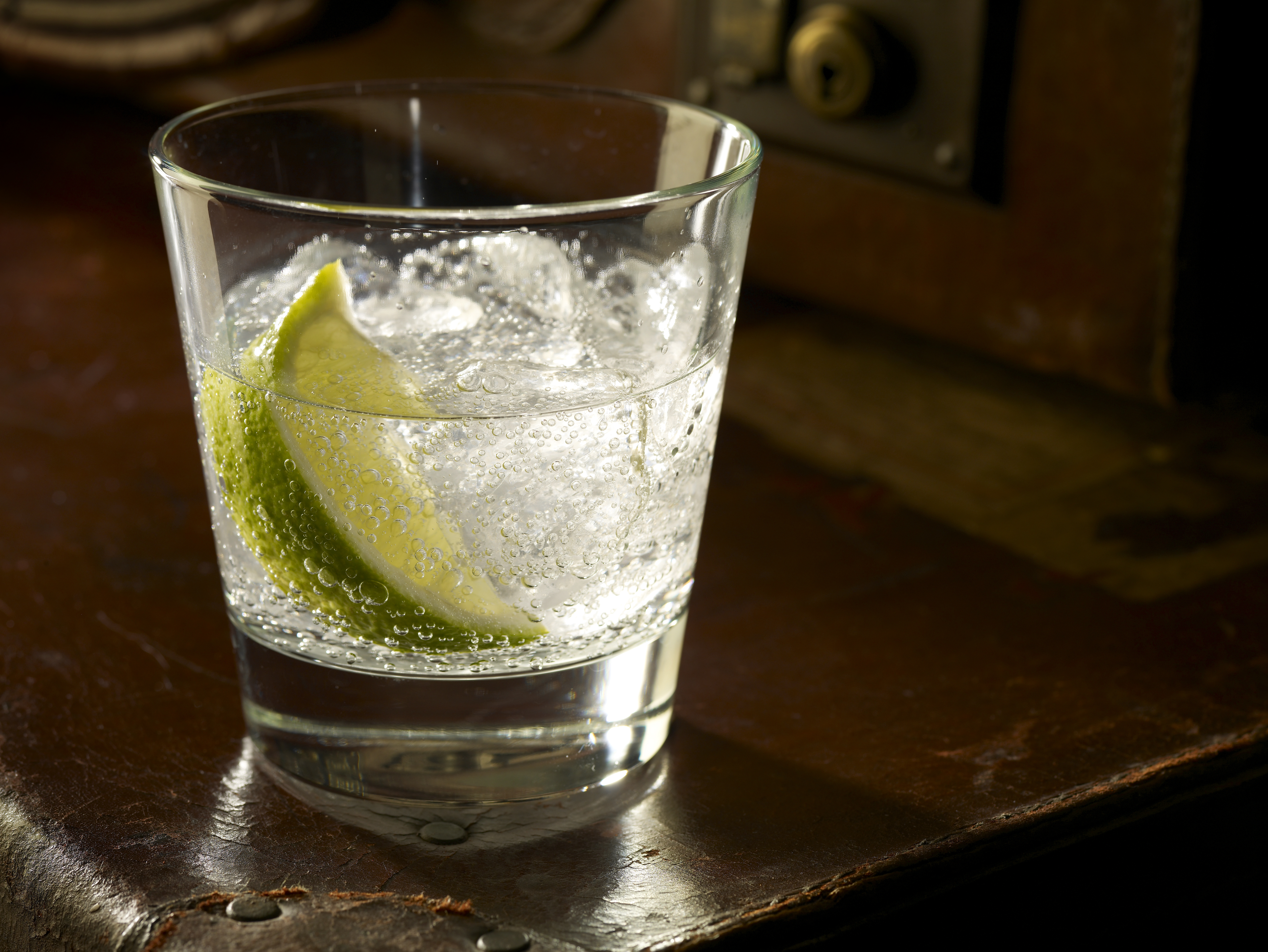
Gin is the drink which has taken over the world: we're drinking it in record amounts, and no day goes by without news of a newly-launched brand reaching Country Life.
And with gin comes tonic. Whether you're happy with the 29p-a-bottle supermarket stuff, the classic Schweppes or the new-fangled varieties which have made multi-millionaires of their inventors, it's the most famous liquid double act in history.
A new book by Kim Walker and Mark Nesbitt called Just the Tonic: a Natural History of Tonic Water (Kew, £18) takes a look at tonic water through the ages. We'll be honest: we opened it up fearing something wordy and academic; instead, we were delighted to find it to be a delightfully accessible — and richly-illustrated — tome.
The book covers a huge amount of ground, you won't be surprised to hear that there's an entire chapter dedicated to the gin and tonic — and it's clear from the start that the authors weren't prepared to merely accept the numerous origin stories out there for the drink:
Modern, and oft-repeated, accounts of the earlier origins of gin and tonic credit its invention to officers in the Indian Army taking their daily bitter quinine dose washed down with gin and soda. Some date this as early as 1825, a mere five years after the first extraction of quinine.Although both quinine and soda water were available in India at this point, it is unlikely that this is the true origin, and no records or references have been found to support this. A similar story of the origin of quinine-laced alcohol is told in France of Dubonnet, the wine-based aperitif and favourite of the late Queen Mother. This tonic wine was invented in 1846 by Joseph Dubonnet, using a blend of herbs and quinine, and was said to be commissioned by the government to tempt the French Foreign Legion to take their antimalarial medication while abroad. We believe these origin myths for Dubonnet and gin and tonic are more likely to originate in the long and true history of the admixture of quinine with alcohol as a medicinal tonic.
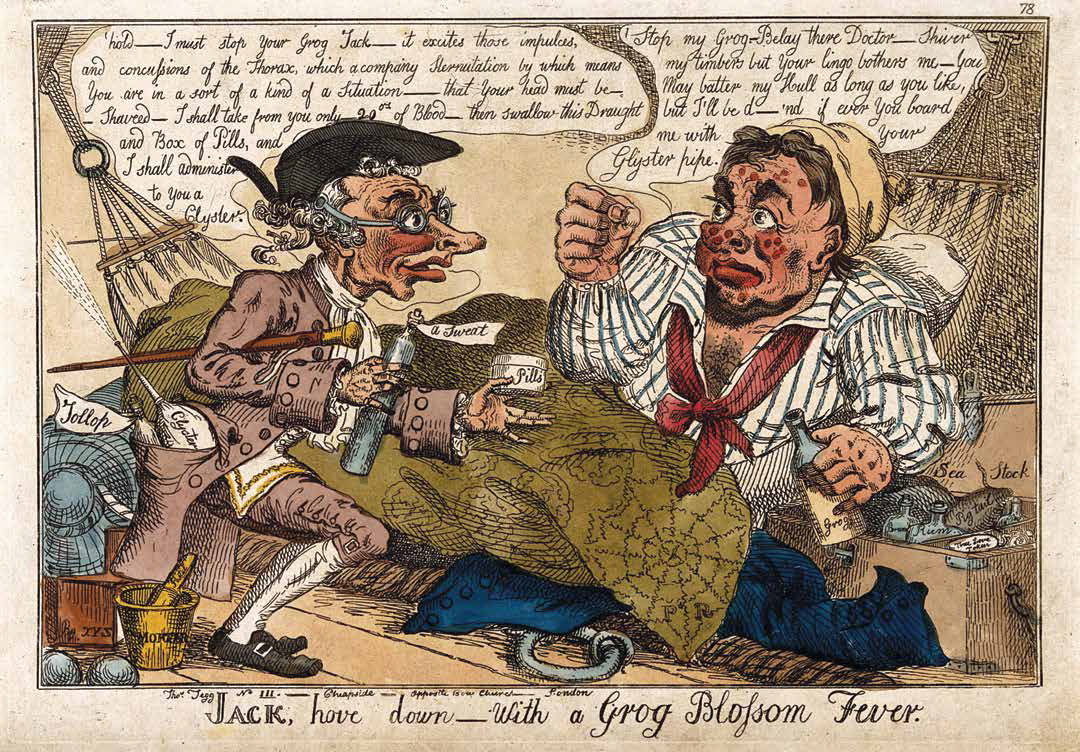
Walker and Nesbitt then go on to explain how it wasn't actually until the 1850s that the British Army began to use the quinine in tonic water to fight malaria — but the tonic water of the time was a very different drink to what we now know.
It was taken daily as a preventative, not just a cure. The recommended amount was one to two grains per day, in sherry or another alcoholic drink – between 65 and130 milligrams. A modern tonic water contains a maximum of 83 milligrams of quinine in a litre. To achieve any preventative effect from a typical glass of gin and tonic would have required a concentration of quinine five to ten times greater than in a modern tonic.
Up to ten times more quinine means a far more bitter drink, of course, but for medicinal purposes it was vital:
It is not surprising that we have not found any recommendations for the consumption of gin and tonic as a preventative in medical manuals of the day. Anyone planning to self-dose themselves with modern tonic water should also bear in mind the results of a light-hearted research trial in 2004. This measured quinine blood levels after volunteers downed between 500ml and 1,000 ml of tonic water in 15 minutes. Even with this quantity, tests showed only a brief and minimal protective effect against malaria.
The need to take the edge off seems all the more pressing, in other words. But what of the mix of gin, specifically, with tonic water? In 1841 the English Journal complained of 'a visit to Holland, where gin and quinine must be drunk to keep malaria away'. In the military, however, gin wasn't yet popular.
Sign up for the Country Life Newsletter
Exquisite houses, the beauty of Nature, and how to get the most from your life, straight to your inbox.
In the British Army it seems that whichever spirits were most handy were used, most often brandy, whisky, rum, wine or local spirits. An 1863 report on the army in India and Ceylon records that quinine doses were given daily in arrack, a locally distilled spirit. Rum or ‘grog’ was the preferred Navy tipple for taking a dose.
The match made in heaven was waiting to happen, however, since 'gin and bitters' had been popular in England since the 18th century.
The bitters part consisted of recipes containing ingredients such as gentian, calamus, angelica, ginger, Bitter Orange and sometimes cinchona bark. Recipes for home-made versions and proprietary blends such as Angostura or Stoughton bitters were available, and these latter were advertised as a tonic for ‘all enervating and hot climates’. A pink gin, gin flavoured with some dashes of Angostura bitters, was the preferred drink of naval officers at sea.In an account of Panama in 1855 by Robert Tomes, quinine is referred to as a replacement for bitters to create quinine cocktails for thirsty drinkers with the added benefit of keeping away ague, but it doesn’t specify the spirit with which it is mixed. Tomes doesn’t think much of them anyway, recommending a champagne cocktail instead.
The authors make it clear that all the ingredients — literally — were in place...
We thus have plentiful evidence of gin drinks with a bitter profile, sometimes based on quinine, but with no evidence of dilution by water, sparkling or still.In contrast, we also have evidence of a drink containing gin and sparkling water, but lacking quinine. This is the gin sling, recorded in bar books, articles and even a few poems from at least 1829. The sling contains a refreshing mix of gin, soda (or water), sugar, ice and a slice of citrus; everything in a gin and tonic but the quinine.The taste for both gin and bitters and gin slings may have naturally merged into the classic cocktail we now know, but this next step is frustratingly poorly documented.
'Frustratingly poorly documented' — three words to turn the veins of any historian to ice.
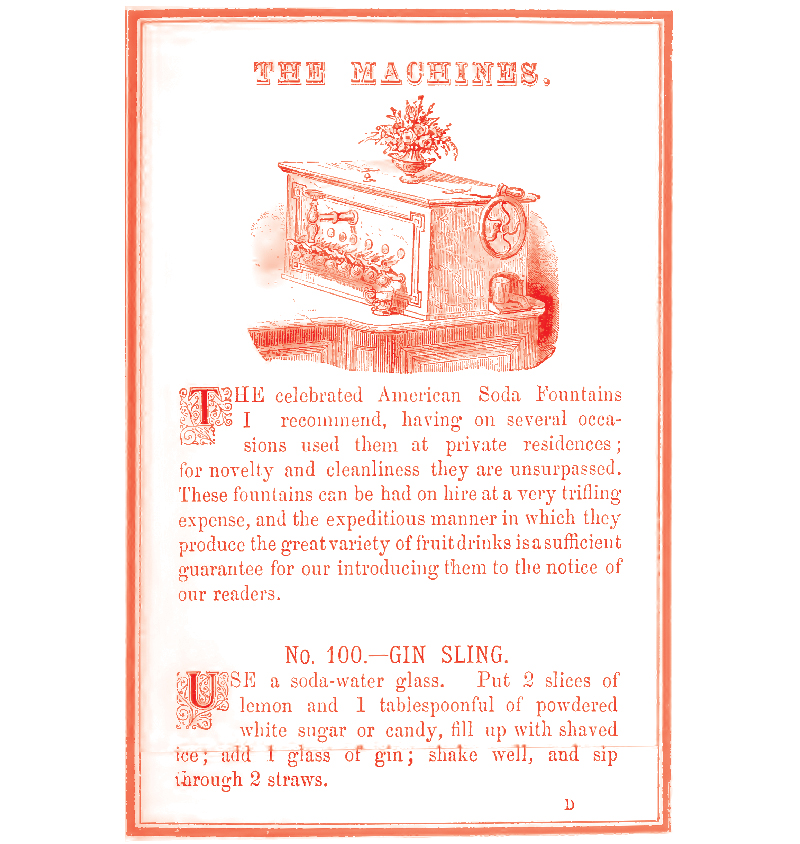
The book continues:
The first known reference to gin and tonic as a bar cocktail is in the Anglo-Indian Oriental Sporting Magazine in 1868, a decade after the first patented quinine tonic water. The term was evidently a familiar phrase in India, being called out by attendees of a horse race at Sealkote (Sialkot) as they finish for the eveningNote here the double contexts of the army and horse racing; both are important in the early history of gin and tonic.Other references in this early period show that it was enjoyed throughout the 1870s and 1880s as a pleasurable, rather than medicinal, drink to relieve the heat of tropical climes, and was particularly associated with the English. A South African newspaper, The Lantern, in 1881 poked fun at an English man recently ‘imported’ who is recognised by his swagger and stare, while sipping on a gin and tonic.

Walker and Nesbitt then cite all manner of other examples, from literature, medicine, journalism and travelogue alike, before returning to what happened between the invention of tonic water and that first reference in 1868.
The twenty years following [Erasmus] Bond’s tonic water patent of 1858 is the crucial period in the invention of gin and tonic. Tonic waters were being marketed in Britain by the early 1860s, with both the bottled drinks and the technology to make them exported to India.Perhaps equally importantly, by the 1880s cheap and dependable supplies of quinine – a key ingredient of tonic water – became available from the India, Sri Lanka and Java plantations. All the nineteenth century references to gin and tonic, from 1868 onwards, are from India and many but not all have military connections. By 1870, Schweppes used the appropriate name Indian Tonic Water for its tonic water.Yet there is nothing to suggest a medical purpose in its consumption, rather it is the refreshing properties of gin and tonic in the tropics that come to the fore. The medicinal properties of quinine are, however, relevant to the origins of gin and tonic. The long history of quinine as a tonic for general health surely inspired Bond to develop his tonic water and encouraged a ready market for the product.Equally, the long history of quinine in alcoholic drinks, whether in tonic wine or in spirits, must have suggested to the first consumers of gin and tonic that the combination was a plausible one. And, even if not consumed specifically as an antimalarial, the healthy connotations of quinine doubtless contributed to its reputation as a suitable drink for hot climes.
So there you have it. With both gin-based cocktails and quinine-laced tonics popular, the G&T sounds like it was a (happy) accident waiting to happen.
Walker and Nesbitt go on to suggest further ways to refine the history of the drink, perhaps by looking at bar bills from an officers' mess of the time, or delving into the company history at Schweppes.
Yet in this instance it seems to us that there's something rather fitting about the hazy memories — as if they joyous invention of this classic drink led to such a raucous time that nobody could quite remember what had happened the night before.
Just the Tonic: a Natural History of Tonic Water (Kew, £18) by Kim Walker and Mark Nesbitt is available now.
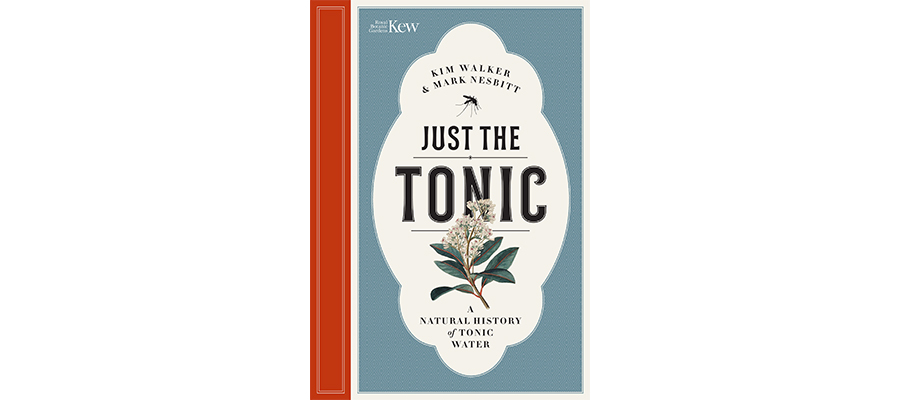
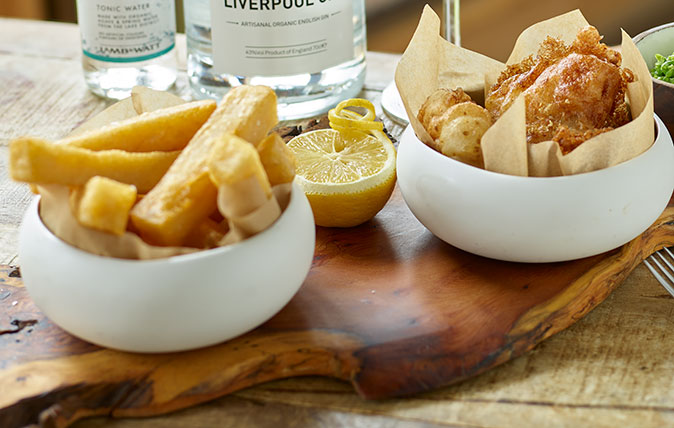
How to make gin and tonic-infused fish and chips
People have been going crazy for novel gin-related recipes this year – but this one for gin-infused fish and chips really
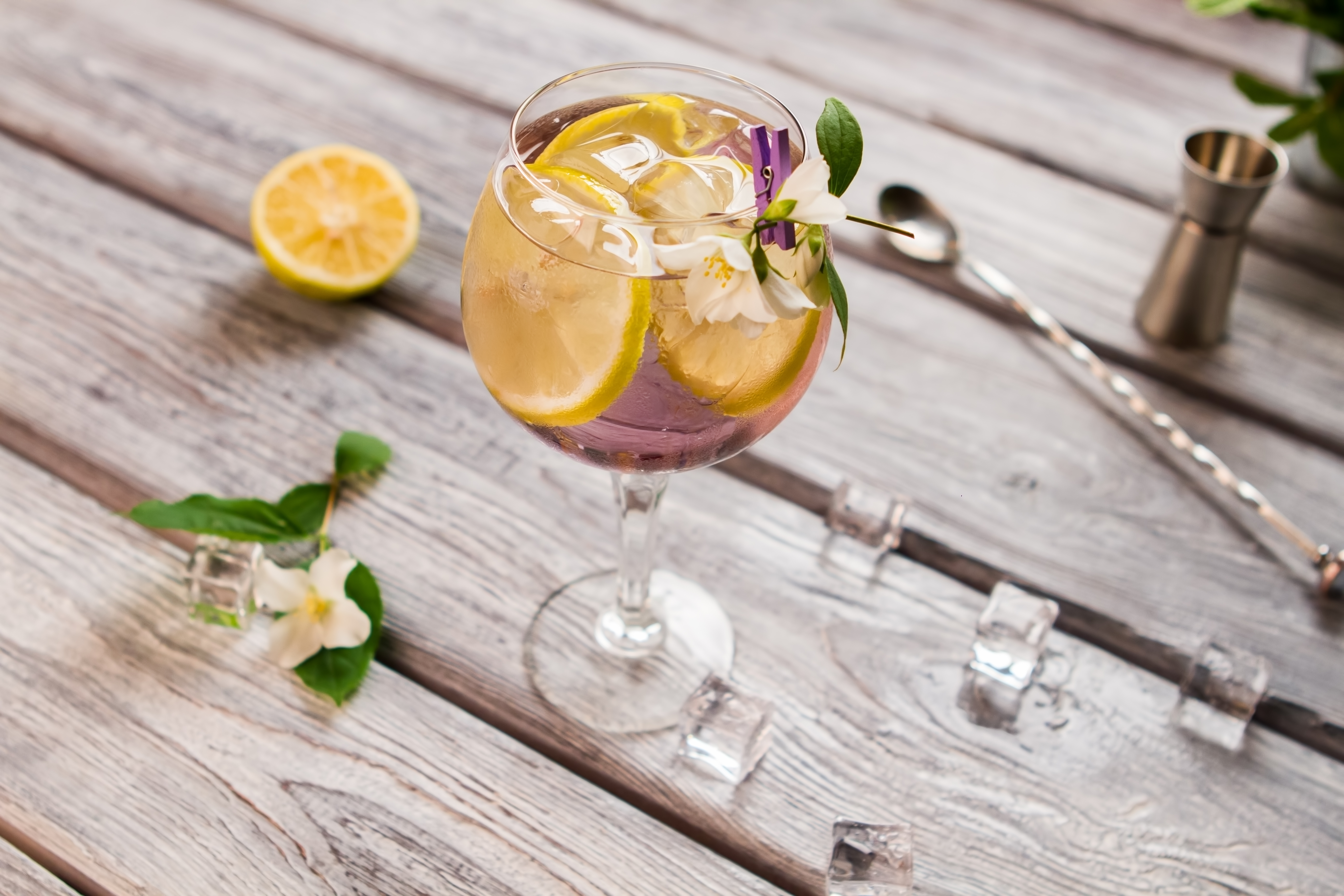
Credit: PetsPyjamas
Five gin cocktails to try this weekend in honour of World Gin Day
To properly mark World Gin Day on Saturday 8th June, we've pulled together five of the very best gin cocktail
Toby Keel is Country Life's Digital Director, and has been running the website and social media channels since 2016. A former sports journalist, he writes about property, cars, lifestyle, travel, nature.
-
 Jungle temples, pet snakes and the most expensive car in the world: Country Life Quiz of the Day, April 14, 2025
Jungle temples, pet snakes and the most expensive car in the world: Country Life Quiz of the Day, April 14, 2025Mondays's quiz tests your knowledge on English kings, astronomy and fashion.
By James Fisher Published
-
 Welcome to the modern party barn, where disco balls are 'non-negotiable'
Welcome to the modern party barn, where disco balls are 'non-negotiable'A party barn is the ultimate good-time utopia, devoid of the toil of a home gym or the practicalities of a home office. Modern efforts are a world away from the draughty, hay-bales-and-a-hi-fi set-up of yesteryear.
By Annabel Dixon Published
-
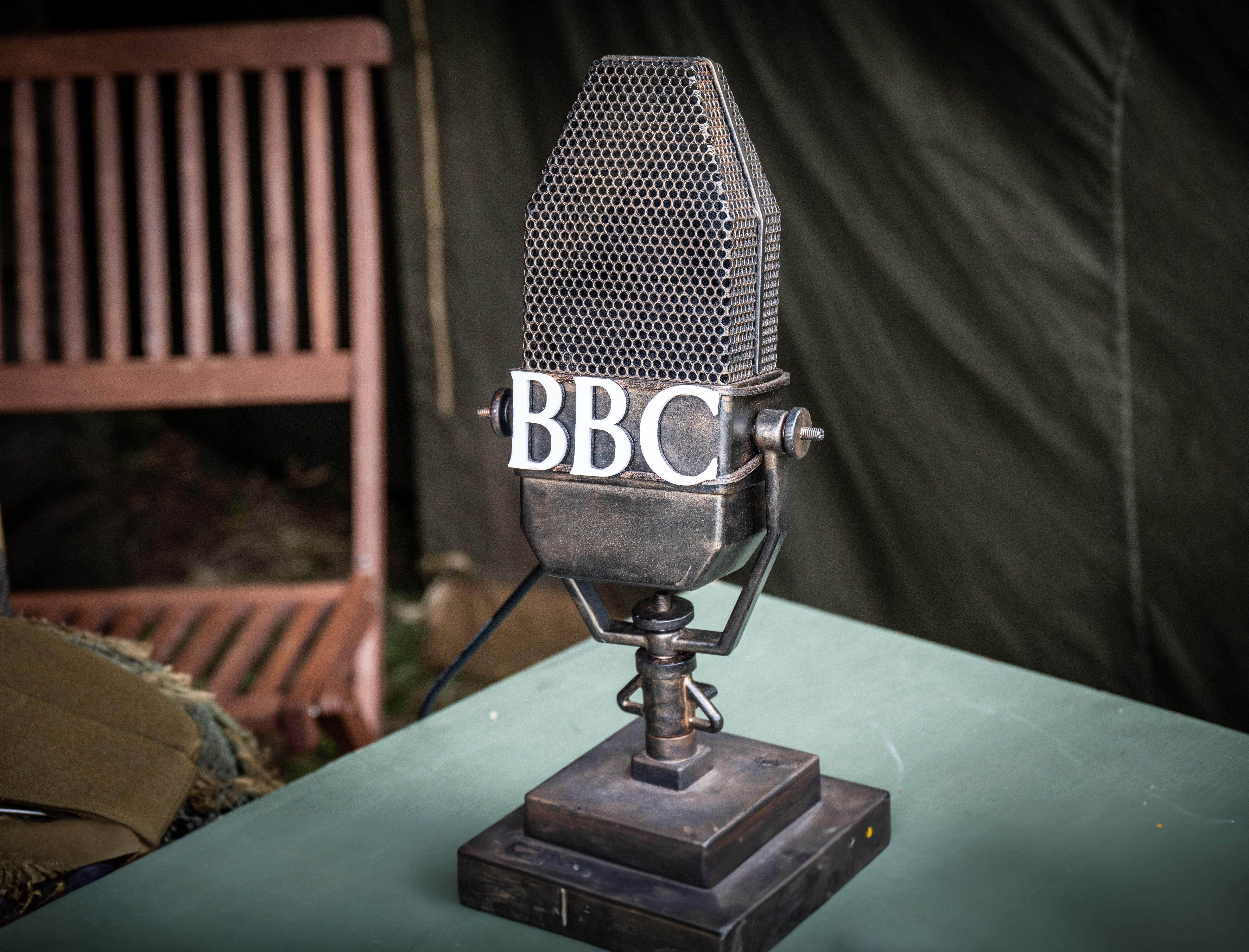 Curious Questions: What is the greatest April Fool's prank ever played?
Curious Questions: What is the greatest April Fool's prank ever played?As April 1 looms, Martin Fone tells the tale of one of the finest stunts ever pulled off.
By Martin Fone Published
-
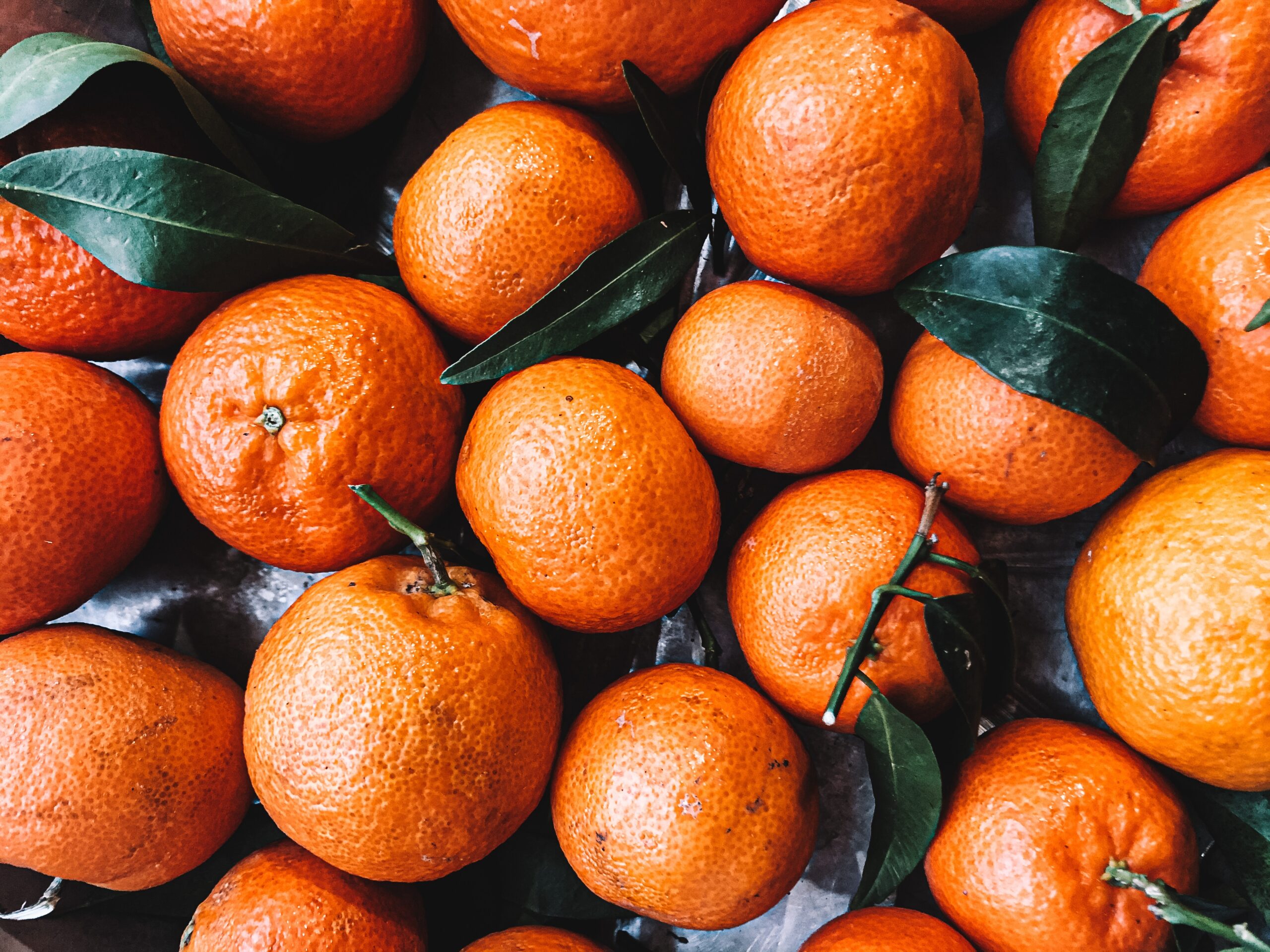 Curious questions: Why do we use Seville oranges to make marmalade?
Curious questions: Why do we use Seville oranges to make marmalade?Why do we use Seville oranges to make marmalade when there are more than 400 other varieties available worldwide? And do they really make the best preserve? Jane Wheatley investigates.
By Jane Wheatley Published
-
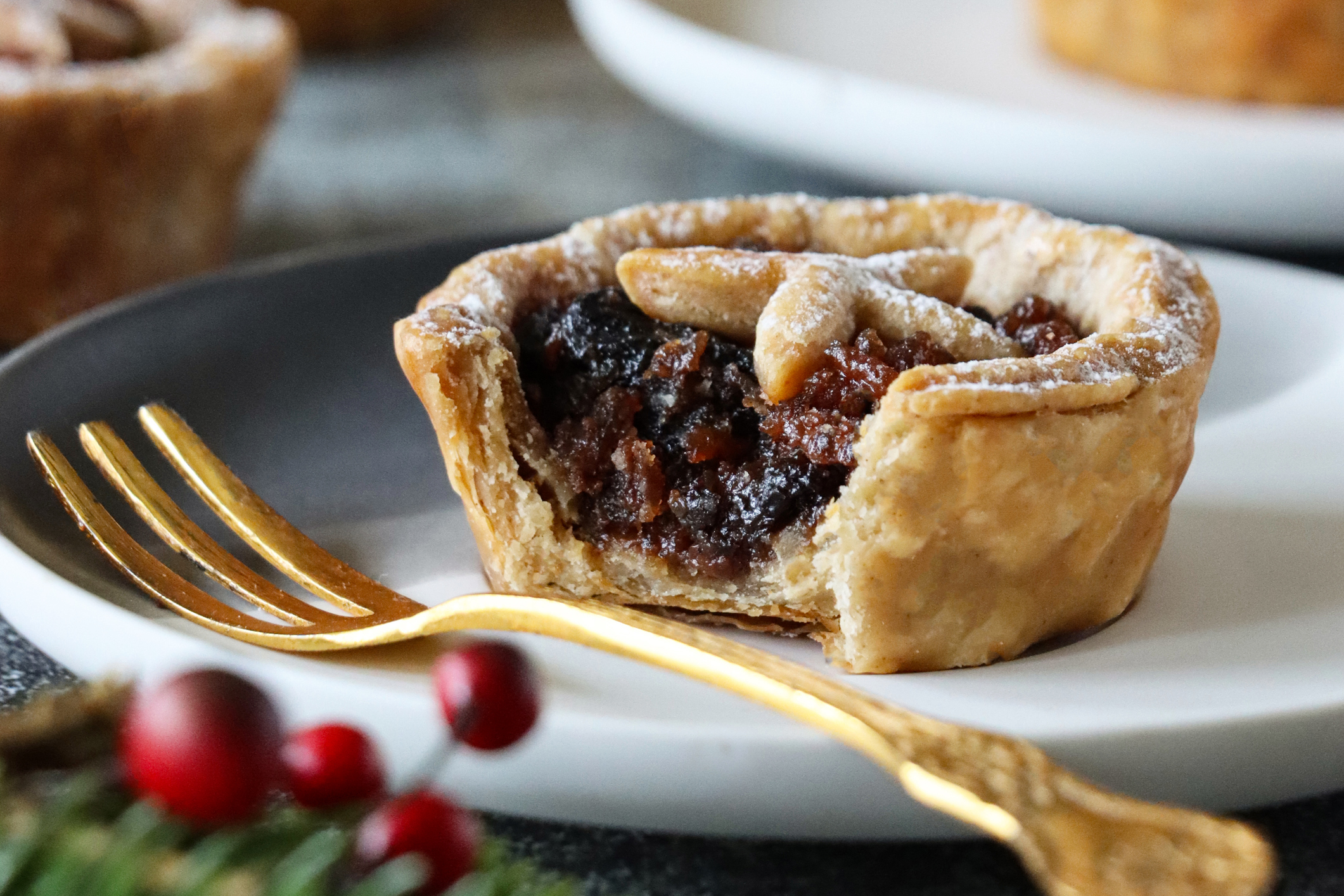 Mince pies really did once contain meat — and this Victorian recipe will convince you that they should to this day
Mince pies really did once contain meat — and this Victorian recipe will convince you that they should to this dayOnce packed with meat, such as ox tongue and mutton, alongside dried and candied fruit and extravagant spices, the mince pie is not what it once was — and food historian Neil Buttery says that's made them worse.
By Neil Buttery Published
-
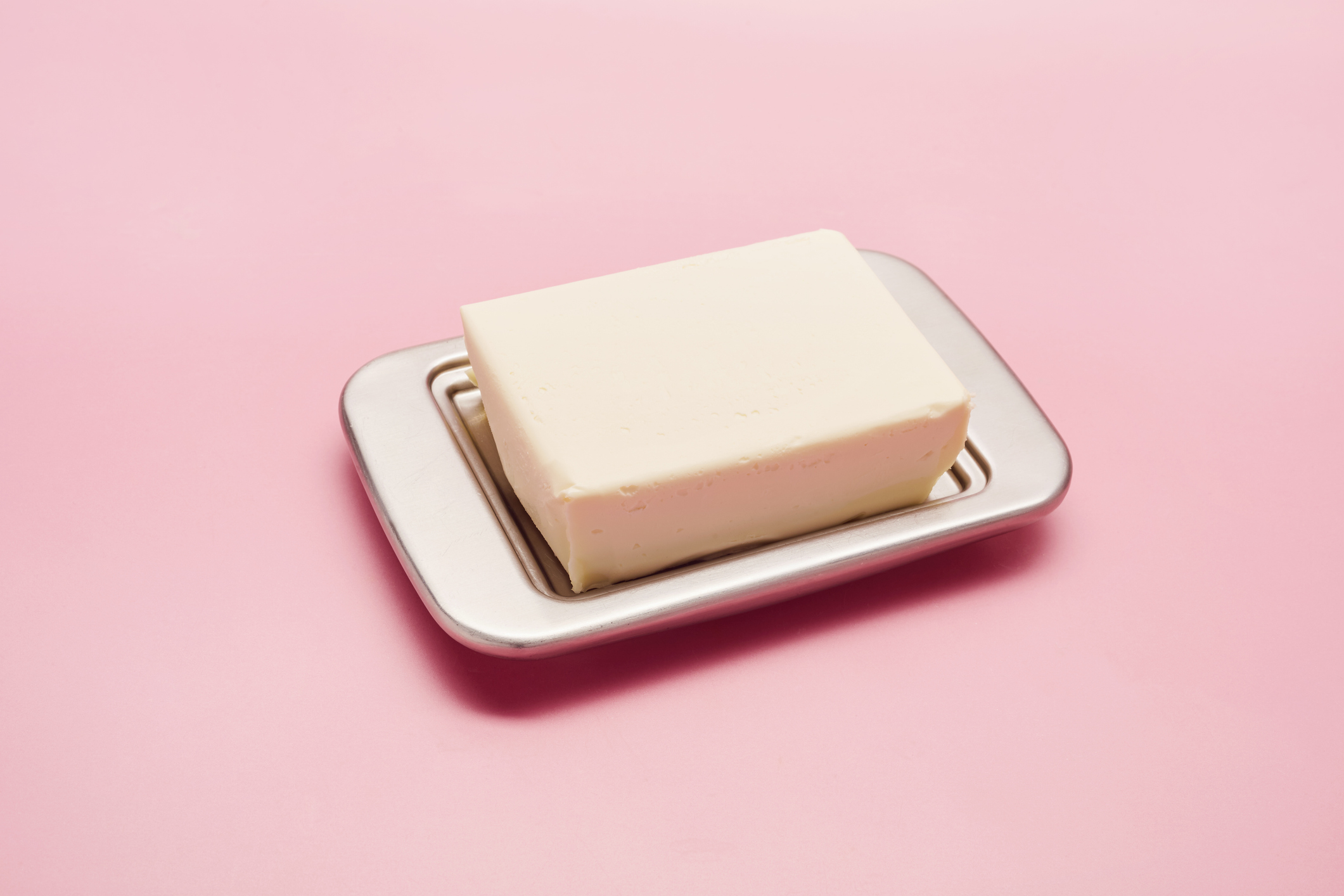 Curious Questions: Margarine used to be pink — but why?
Curious Questions: Margarine used to be pink — but why?Margarine has been a staple of our breakfast tables for over a century, but it hasn't always had a smooth ride — particularly from the dairy industry, who managed to impose a most bizarre sanction on their easily-spreadable, industrially mass-produced rival. Martin Fone explains.
By Martin Fone Published
-
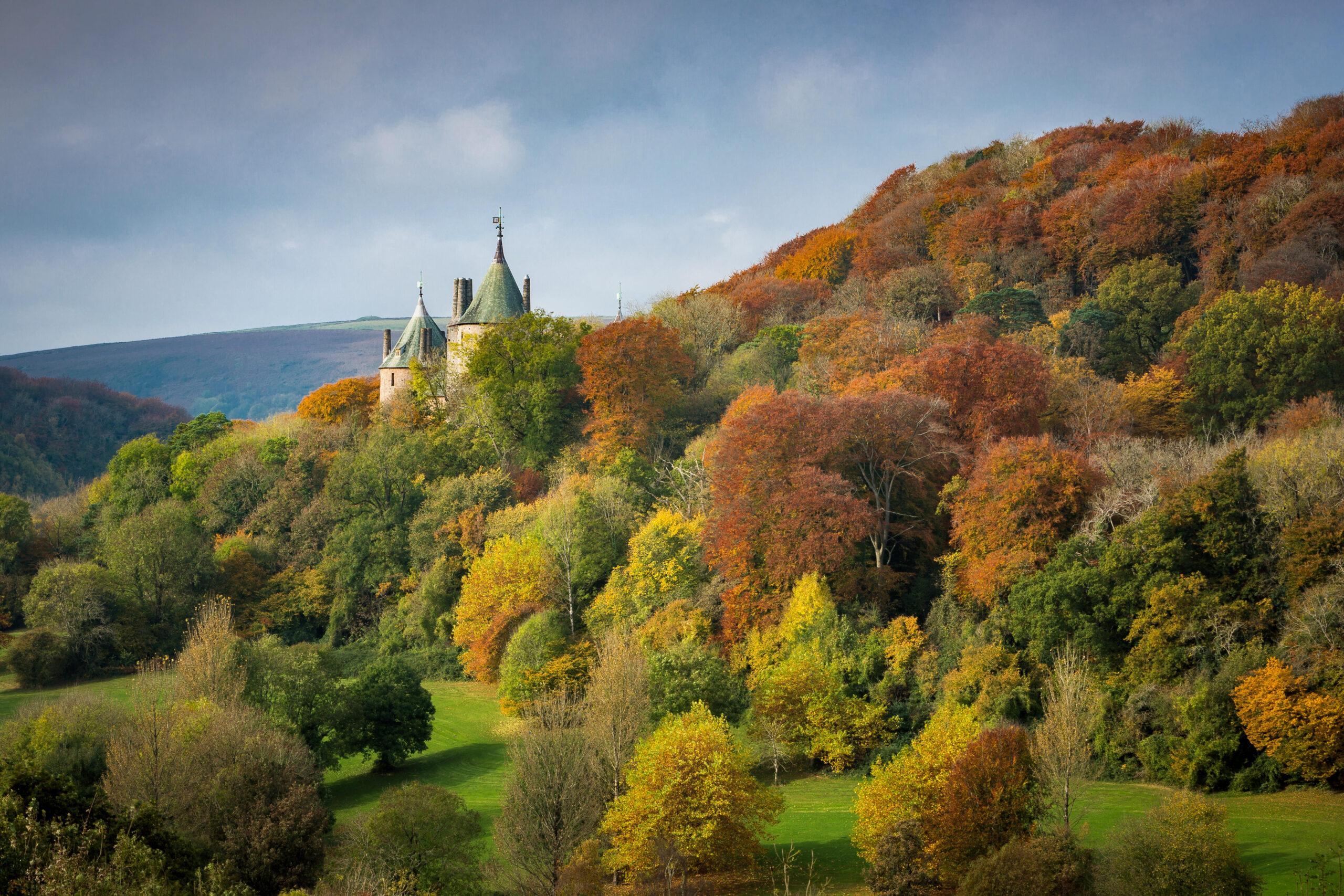 Curious Questions: Wine has been made in Britain for over 1,000 years — so why have we only just turned it into an industry?
Curious Questions: Wine has been made in Britain for over 1,000 years — so why have we only just turned it into an industry?With the UK wine industry booming, Martin Fone takes a look at its history.
By Martin Fone Published
-
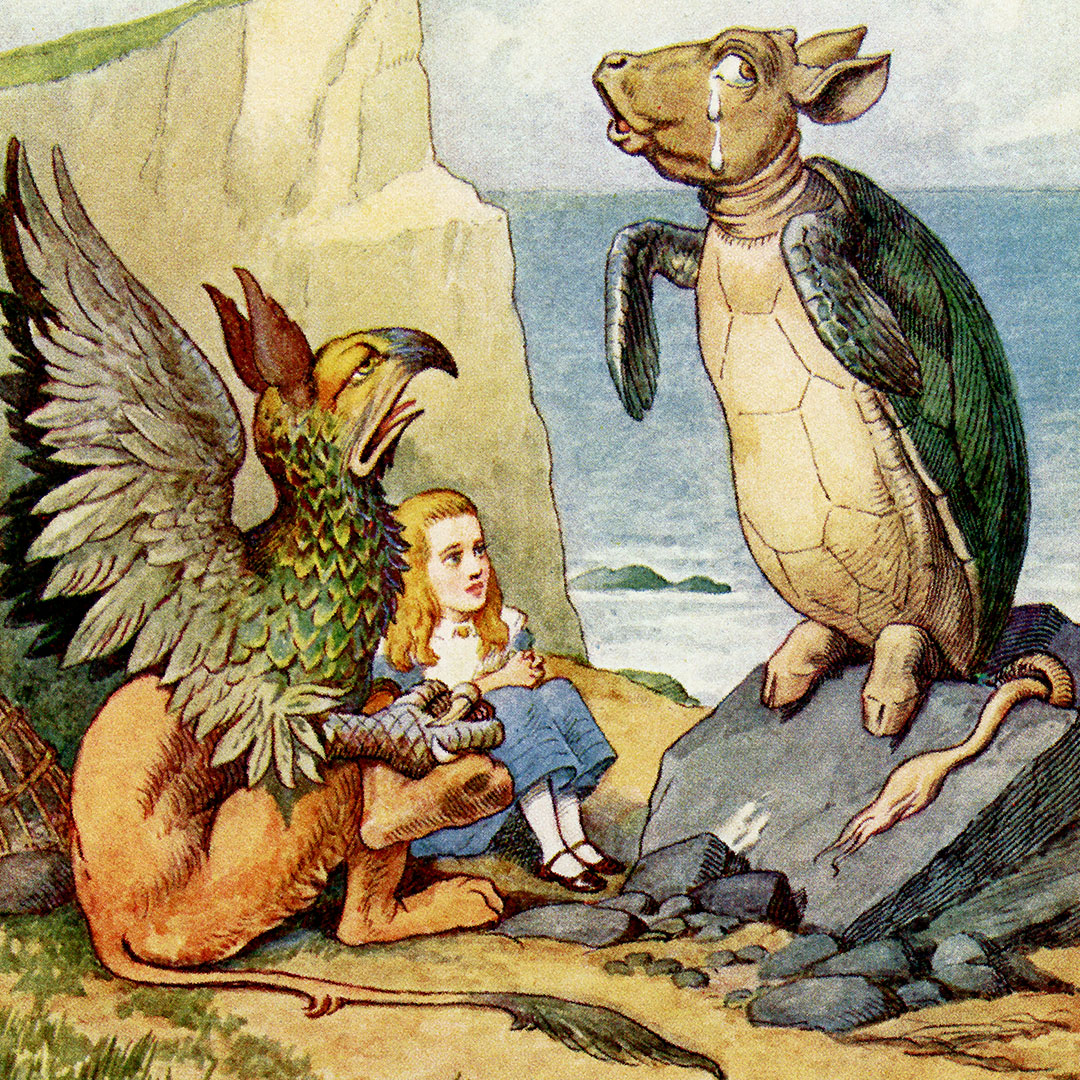 Curious Questions: What is mock turtle soup? And did it come before or after 'Alice in Wonderland'?
Curious Questions: What is mock turtle soup? And did it come before or after 'Alice in Wonderland'?Martin Fone delves into the curious tale of an iconic Victorian delicacy: mock turtle soup.
By Martin Fone Published
-
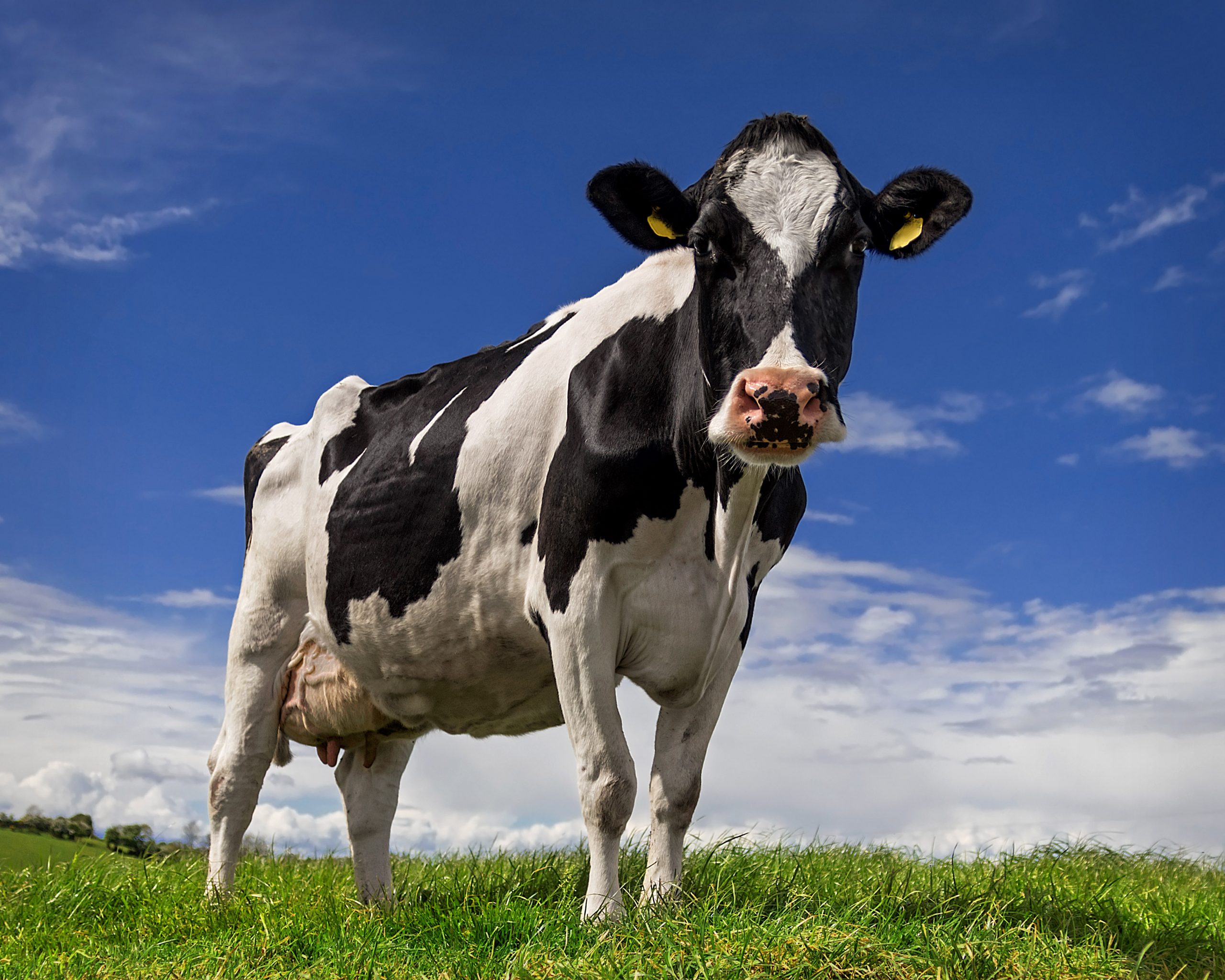 'The Swiss Army Knife of foods': Untangling the truth and lies around milk
'The Swiss Army Knife of foods': Untangling the truth and lies around milkMilk's reputation has seen plenty of ups and downs in recent years, but the farmer, chef and writer Matthew Evans is trying to put the record straight. Scottish farmer — and regular Country Life columnist — Jamie Blackett takes a look at Evans's new book, 'Milk: The truth, the lies and the unbelievable story of the original superfood'.
By Jamie Blackett Published
-
 A game of two halves — how the sandwich went from humble fare to a country-wide lunchtime obsession
A game of two halves — how the sandwich went from humble fare to a country-wide lunchtime obsessionWhat started life as a way to eat and play cards at the same time (so the story goes) is now the lunch of choice for the working world.
By Emma Hughes Published
